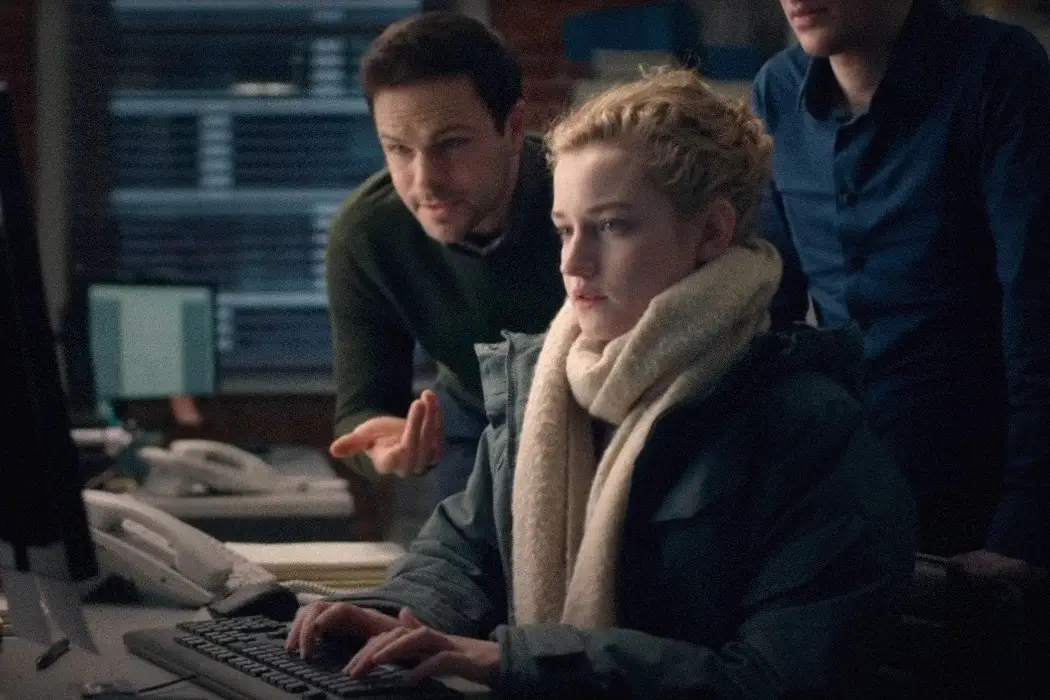Social Media’s Influence on Film Criticism: Balancing Professional Reviews and Audience Opinions

Amanda Winstead is a writer from the Portland area with…
Gone are the days of a few outspoken film critics dominating the movie criticism scene – it’s the age of the audience review. Critics are still looming amidst the democratization of film critique, but the lines are more blurred than ever for audiences looking for a summer popcorn flick or their next pop culture obsession. Filmmakers and studios have it worse, grappling with phenomena like viral marketing and unexpected vitriol from critic/audience reviewers.
With platforms like Twitter, Instagram, and TikTok shaping public discourse around cinema faster than ever, the film industry must adapt to a landscape where instant live reactions and viral influencer opinions can make or break a movie’s success.
The Democratization of Film Criticism
Social media has reshaped film discourse, creating an online environment where professional critics and moviegoers compete for influence with viewers and filmmakers alike. With tangible tools at hand to capture audience insights, filmmakers and studios are called to develop new strategies for engaging with diverse opinions.
Where does this leave the modern movie critic? What’s the place of the audience in this new paradigm? With the water muddied between expert analysis and crowd sentiment, maintaining engagement for filmmakers is becoming more imperative than ever.

Not everyone looks to the critic as their first and most trusted source of information about movies anymore. This shift challenges critics to maintain the same depth and nuance in their critiques, even as the pressure for quick, shareable content intensifies.
Professional Critics in the Digital Age
No longer confined to print or long-form articles, critics are now exploring interactive formats like video essays, live streams, and social media threads to engage directly with viewers. Others seek expertise in niche areas or specific genres to offer more unique perspectives on media for audiences. A few help audiences navigate the vast sea of content available across various streaming platforms.
While critics have floundered, audiences have gained unprecedented influence in the movie review sphere. Platforms like Letterboxd and Rotten Tomatoes aggregate user reviews, often influencing viewing decisions more than professional critiques – many trust the word of ‘ordinary’ audiences over a critic.
Sadly, this democratization has its drawbacks. Review bombing — coordinated efforts to flood sites with negative ratings — can majorly skew perceptions of a film before its release and during theatrical runs when reviews matter most.
Case Study: Non-Transferable and Online Distribution
For a look into how shifting reviewer dynamics are changing how movies get made, look no further than 2017’s Non-Transferable. Funded by the Turkish Ministry of Culture and Tourism, Land Rover, and Turkish Airlines, Non-Transferable was distributed online, and the film bypassed traditional channels entirely.
Influenced by social media’s impact on modern romance, Non-Transferable couldn’t have been made even a decade earlier. As writer and director Brendan Bradley notes in a 2017 interview, Hollywood originally rejected the script as ‘unrealistic’ just three years prior to its release.
The New Critic-Audience Dynamic
The ever-evolving relationship between professional critics and audiences has introduced new challenges for filmmakers and studios looking to stand out from the crowd. The growing power of the audience is exciting but complicates the new role of the previously powerhouse critic opinion. Two of the biggest challenges that stand out today are balancing audience opinions with professional criticism and managing negativity online.
Juggling Professional and Amateur Opinions
With box office performance and audience perception hinging on broader opinions, keeping audiences and critics in mind is vital. Critics provide in-depth analysis based on cinematic knowledge, but audience reviews can offer valuable insights into popular reception for the average moviegoer.
Critic reviews and audience feedback hold the keys to identifying specific patterns or concerns, factoring in the unique viewpoints of viewers. Hosting Q&A sessions, attending screenings, or interacting on social media allows filmmakers to directly hear audience perspectives, which can steer finer storytelling or marketing adjustments without losing the film’s core intent.

Managing Negativity on Social Media
The addictively instantaneous nature of social media calls for a proactive approach to sift through baseless attacks to get the most constructive feedback – nobody wants to be that filmmaker arguing with trolls in the comments. It’s an extremely fine tightrope for filmmakers to straddle.
To help combat negativity in a calm, collected fashion, filmmakers can:
- Respond as quickly as possible to manageable negative comments to show you’re proactive in resolving concerns as efficiently as possible.
-
- Limit direct interaction with unreasonably negative posts, review bombers, and trolls, focusing instead on constructive discussions where your input matters most.
- Listen to input with empathy – try to understand where reviewers are coming from, acknowledge valid criticism, and respond with confidence and grace.
The Future of Film Criticism for Filmmakers
The boundaries between professional criticism and widespread audience opinion dissolve, creating a more dynamic and inclusive discourse around cinema. As always, those who adopt new platforms and outreach methods will reap the biggest rewards. What that looks like, though, continues to morph every day.
For a head start, indie filmmakers should take advantage of the power of social media as an outreach tool and prioritize strong internal communication to build solid credibility amongst audiences.
Social Media as a Tool for Indie Filmmakers
Social media offers a direct line to potential audiences for fledgling filmmakers without the need for extravagant marketing budgets. This direct connection with audiences through platforms like TikTok or Instagram can cultivate more relatable storytelling and spark innovative viral marketing strategies that would have been unfeasible just a few years ago.
To make the most of these platforms, indie filmmakers should:
- Build an online presence: consider sharing the journey of your film from concept to completion, posting regular updates, behind-the-scenes footage, and personal insights to build a connection with potential viewers.
- Increase visibility: make strategic use of hashtags to increase the visibility of your posts and align your content with trending topics when it makes sense to do so – this helps bring in wider audiences from similar content or genres.
- Engage actively with your audience: build a more devoted fan base by responding to comments, holding live Q&A sessions, and participating in relevant discussions centered around your film — this helps get in the audience’s head and fosters a more personal connection.
Using Internal Communication to Build Credibility
Film production teams must establish strong internal communication to maintain social cachet from audiences and critics alike. Using cross-collaboration tools, emphasizing freely flowing information processes, and encouraging teams to share their ideas with each other are some good starting points to jumpstart creativity.
Clear and consistent messaging ensures that everyone, from cast and crew to marketing and distribution teams, is aligned with the project’s vision and goals. Smaller teams make the process trickier, but they also have more freedom to operate without the restrictions of projects attached to large studios.
Final Thoughts
Film criticism is shaped daily by an increasingly dynamic interplay between professional reviewers, audience opinions, and social media platforms. The rising importance of audience reviews challenges the traditional authority of professional critics, but social media has democratized film discourse for wider audiences to have a say. Moving forward, the ability to thoughtfully and quickly respond to criticism in all forms is critical for any would-be filmmaker.
How has social media influenced your own approach to choosing and discussing films? Do you find yourself relying more on professional critics or audience reviews when making viewing decisions? Chime in below or on your favorite social media platform today!
Does content like this matter to you?
Become a Member and support film journalism. Unlock access to all of Film Inquiry`s great articles. Join a community of like-minded readers who are passionate about cinema - get access to our private members Network, give back to independent filmmakers, and more.
Amanda Winstead is a writer from the Portland area with a background in communications and a passion for film and directing. Along with writing she enjoys traveling, reading, working out, and going to concerts. If you want to follow her writing journey, or even just say hi you can find her on Twitter.











